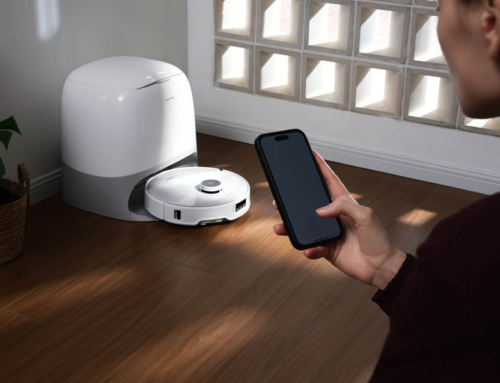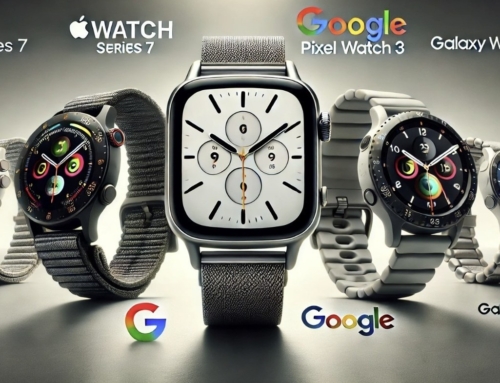When it comes to healthcare tech, are you East Coast or West Coast? Here’s a quick test to help you find out.
OK, so you’ve just invented a new wearable that could revolutionize care for diabetics. The device measures glucose levels through the skin, so patients will never have to draw blood again. Your device sends continuous readings to patients’ smartphones, which will give them much finer control over their blood sugar levels.
You’ve clearly got a winner on your hands. Now what?
Are you feeling a rush of urgency to get your brainchild to market? Do you want to damn the torpedoes, and go full speed ahead? If so, then your health-tech geography is decidedly West Coast. If, on the other hand, you’re starting to think about how to securely feed the information into patients’ health records, scheduling clinical trials, and booking meetings at the Food and Drug Administration, then you’re an East Coast health techie.
Of course, the philosophical differences are borne more out of professional background than location. You can find plenty of both mentalities on each side of the Mississippi. That said, innovators grounded in healthcare, who better understand how doctors, nurses and other caregivers work, are more commonly associated with the East Coast. They better understand the arduous process of testing a new app or smartphone device and taking it through the regulatory process.
And tech-first companies, which typically bloom in West-Coast locales like Silicon Valley, Seattle and San Diego, tend to be driven more by, well, technology.
“The healthcare industry needs to drive better health, better cost and better population management,” said Dr. Michael Weiner, IBM’s Chief Medical Information Officer. “And the tech side brings the technology that makes it all possible. It’s a match made in heaven.”
It can be. To be sure, the companies that effectively mesh the two mentalities have a far better chance for success. Many point to Silicon Valley startups 23andme, which has a mail-in DNA-testing service, and Theranos, which offers a quick, low-cost blood-testing alternative, as examples of what can happen when one orientation overpowers the other. Indeed, both companies have suffered well-publicized setbacks dealt by the FDA.
Find out how successful companies are blending East and West in my USA TODAY column HERE.






